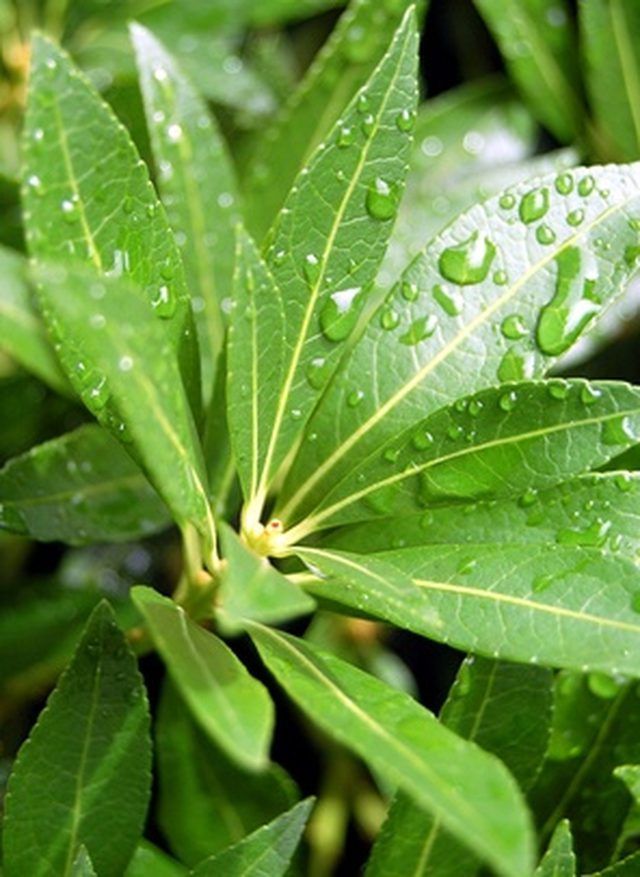Bulbs
Flower Basics
Flower Beds & Specialty Gardens
Flower Garden
Garden Furniture
Garden Gnomes
Garden Seeds
Garden Sheds
Garden Statues
Garden Tools & Supplies
Gardening Basics
Green & Organic
Groundcovers & Vines
Growing Annuals
Growing Basil
Growing Beans
Growing Berries
Growing Blueberries
Growing Cactus
Growing Corn
Growing Cotton
Growing Edibles
Growing Flowers
Growing Garlic
Growing Grapes
Growing Grass
Growing Herbs
Growing Jasmine
Growing Mint
Growing Mushrooms
Orchids
Growing Peanuts
Growing Perennials
Growing Plants
Growing Rosemary
Growing Roses
Growing Strawberries
Growing Sunflowers
Growing Thyme
Growing Tomatoes
Growing Tulips
Growing Vegetables
Herb Basics
Herb Garden
Indoor Growing
Landscaping Basics
Landscaping Patios
Landscaping Plants
Landscaping Shrubs
Landscaping Trees
Landscaping Walks & Pathways
Lawn Basics
Lawn Maintenance
Lawn Mowers
Lawn Ornaments
Lawn Planting
Lawn Tools
Outdoor Growing
Overall Landscape Planning
Pests, Weeds & Problems
Plant Basics
Rock Garden
Rose Garden
Shrubs
Soil
Specialty Gardens
Trees
Vegetable Garden
Yard Maintenance
How Photosynthesis Is Affected by the Amount of Water
How Photosynthesis Is Affected by the Amount of Water. Photosynthesis is the biochemical process by which plants produce food for growth through the use of light and water. Carbohydrates are derived from carbon dioxide and water during the process.

Photosynthesis is the biochemical process by which plants produce food for growth through the use of light and water. Carbohydrates are derived from carbon dioxide and water during the process.
Electron Supply
During photosynthesis, water supplies electrons in green plants in the photolysis stage. For the process to succeed, an adequate supply of water has to be available to facilitate electron transfers.
Photosynthesis Rate
In reactions independent of light, water supply increases the concentration of carbon dioxide in carboxysomes. Carboxysomes are bacterial micro compartments that contain enzymes that aid in carbon fixation during photosynthesis. Water increases the rate of photosynthesis because the carboxysomes increase the concentration of carbon dioxide around the rubisco, an enzyme that catalyzes the initial part of carbon fixation process in photosynthesis.
Absorption of Carbon Dioxide
During the carbon fixation stage in photosynthesis, water helps in the absorption of carbon dioxide. This is carried out through the release of electrons in the oxidation process. Absorption of carbon dioxide increases the production of oxygen gas during the photosynthesis process.
Carbon Dioxide
Carbon concentration in plants is regulated by water intake. When adequate supplies of water are absorbed, respiration through the stomata regulates carbon dioxide concentration.
Temperature
High temperatures favor a higher water intake. However, if temperatures are low and the water supply is high, the humid conditions stifle photosynthesis because water cannot be expelled from the leaves.
Wilting
An adequate water supply helps prevent plants from wilting. This preserves not only water levels but also plant pigment that is essential to photosynthesis.